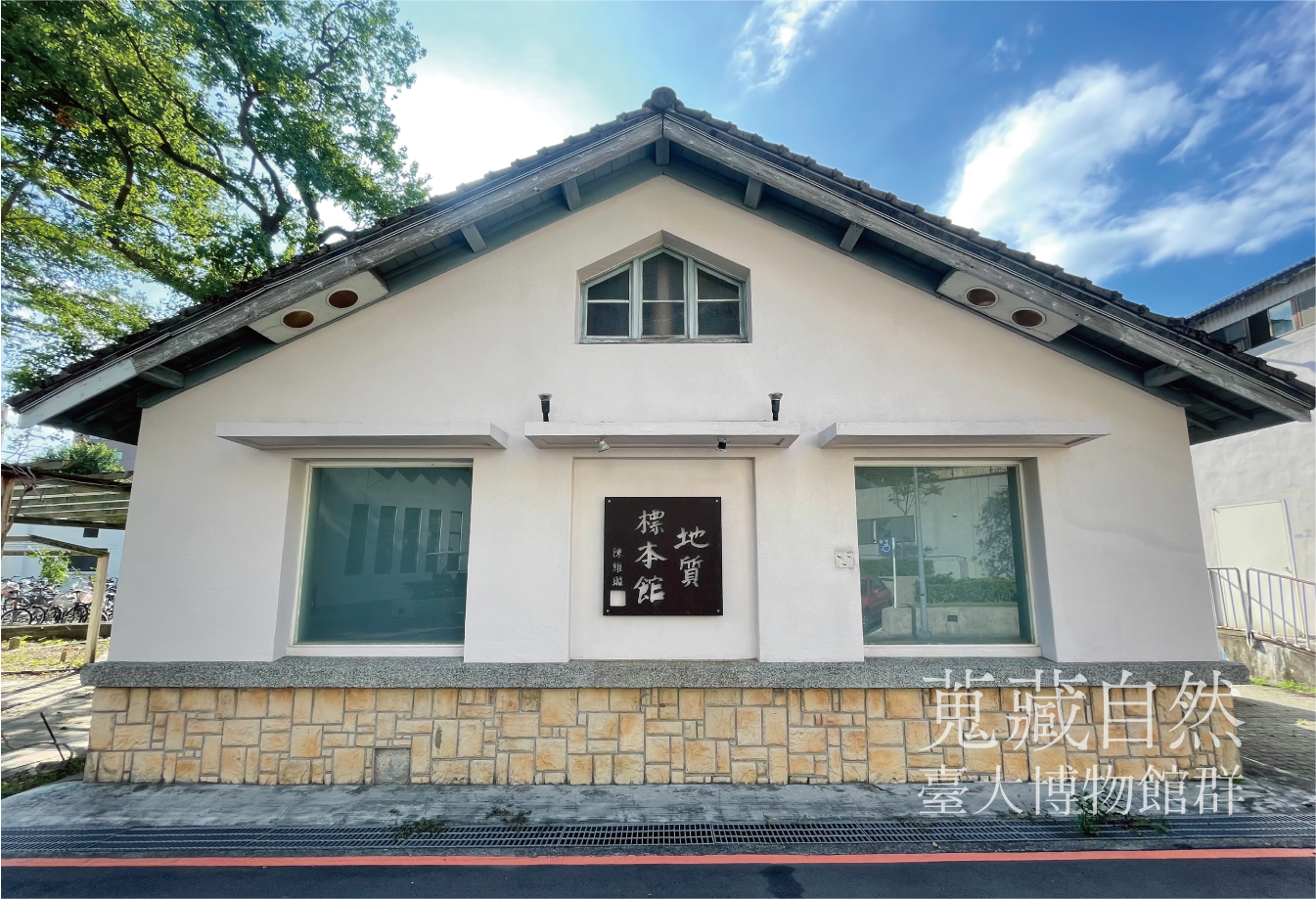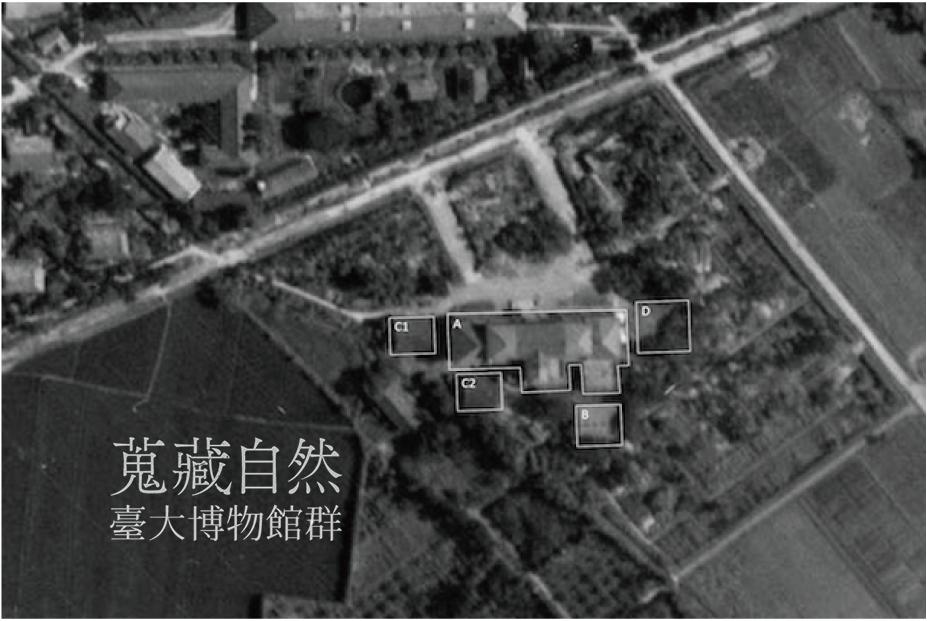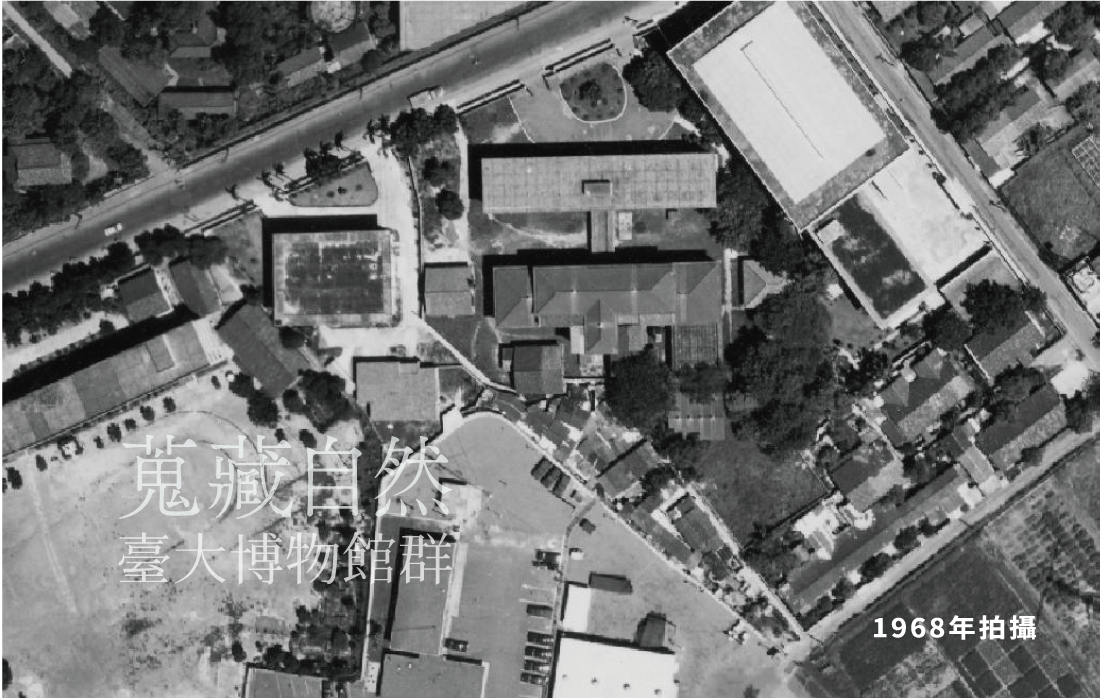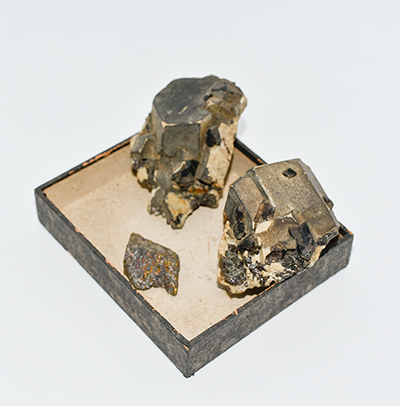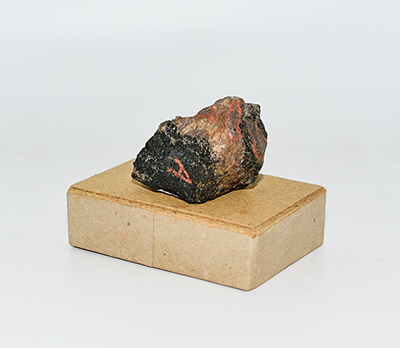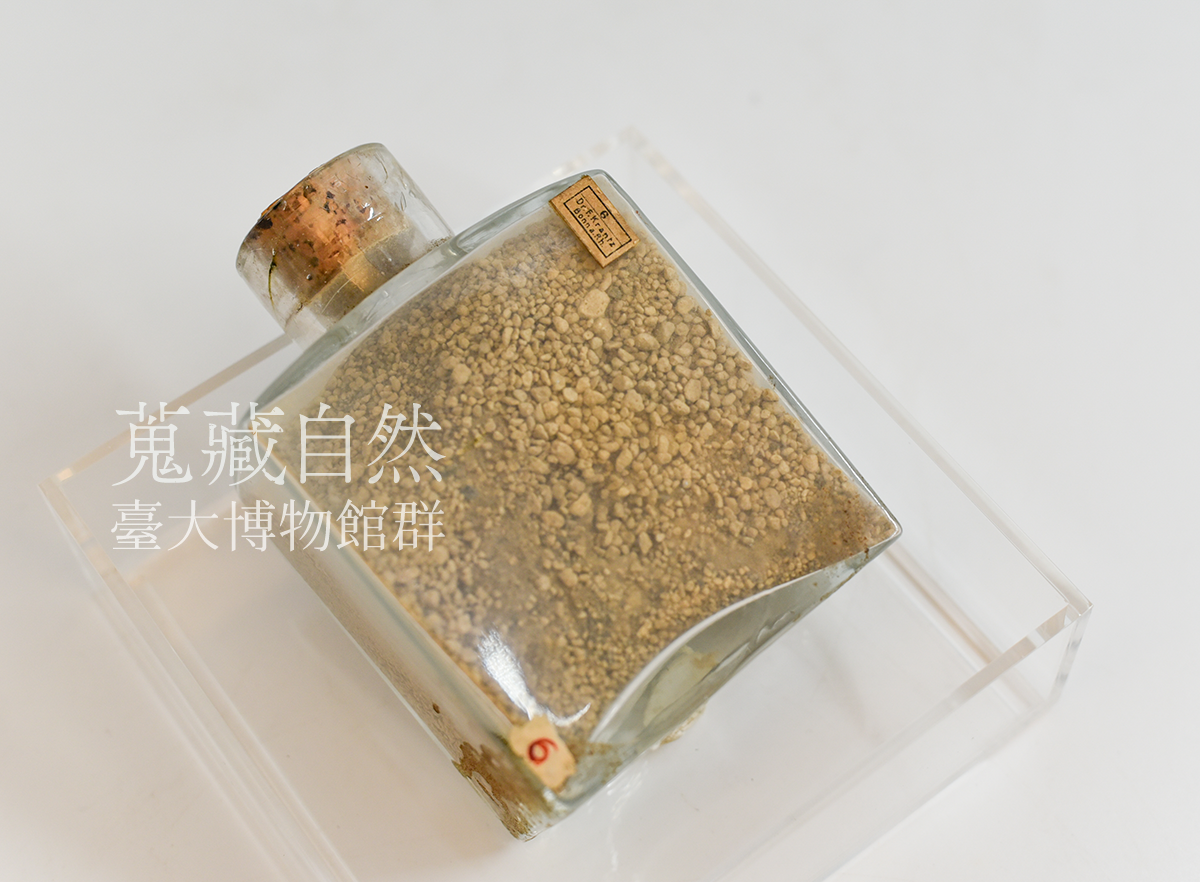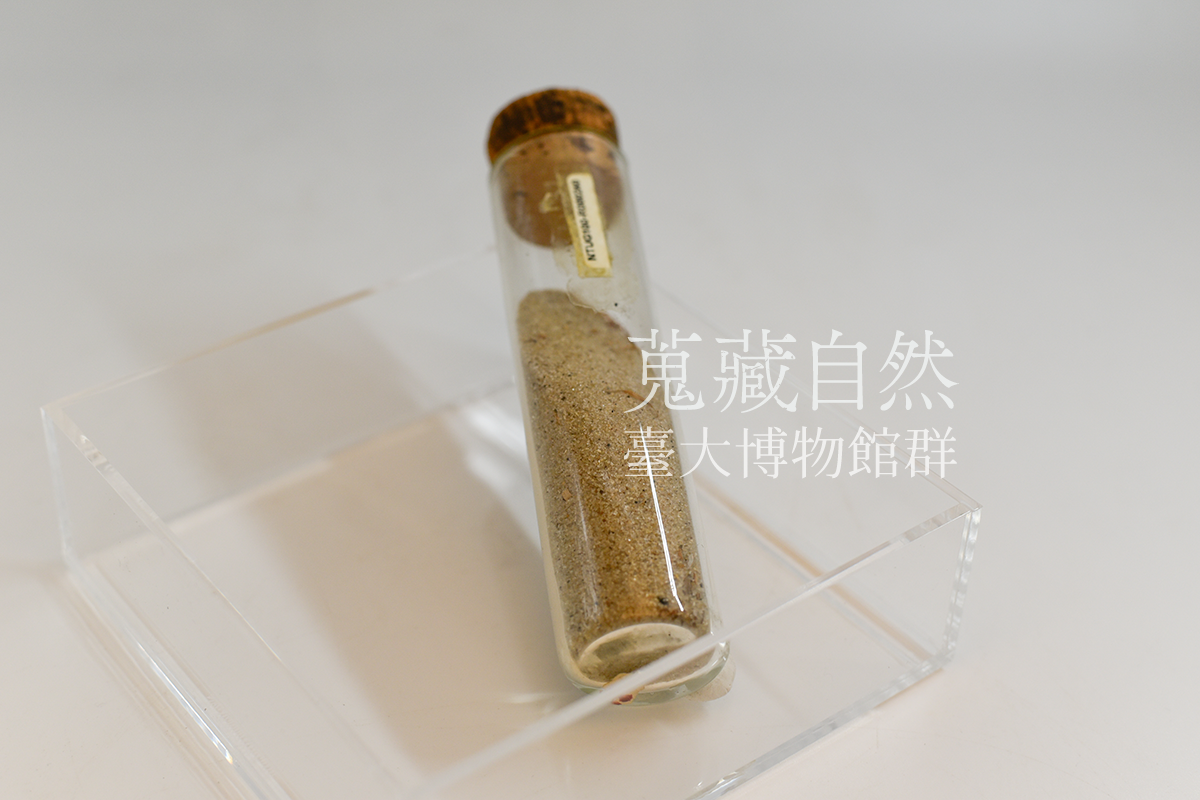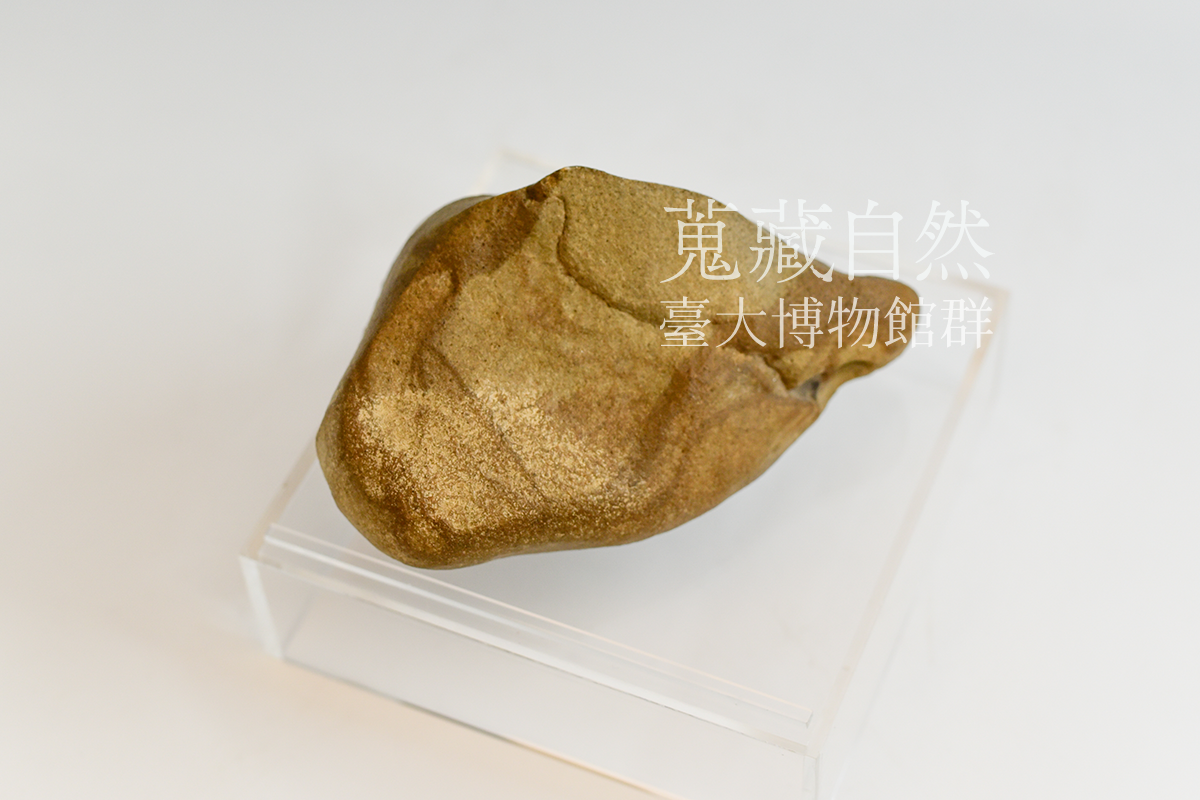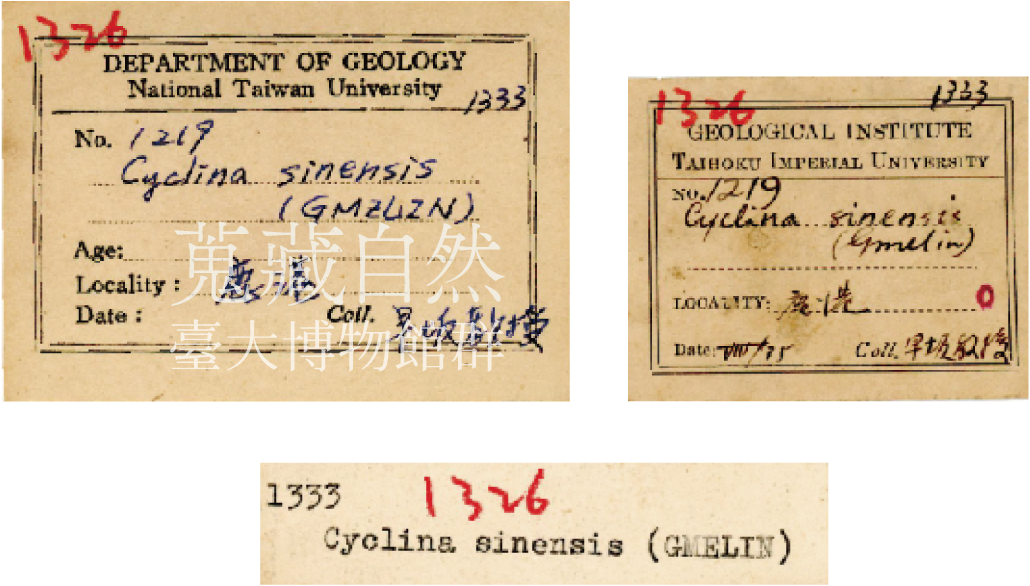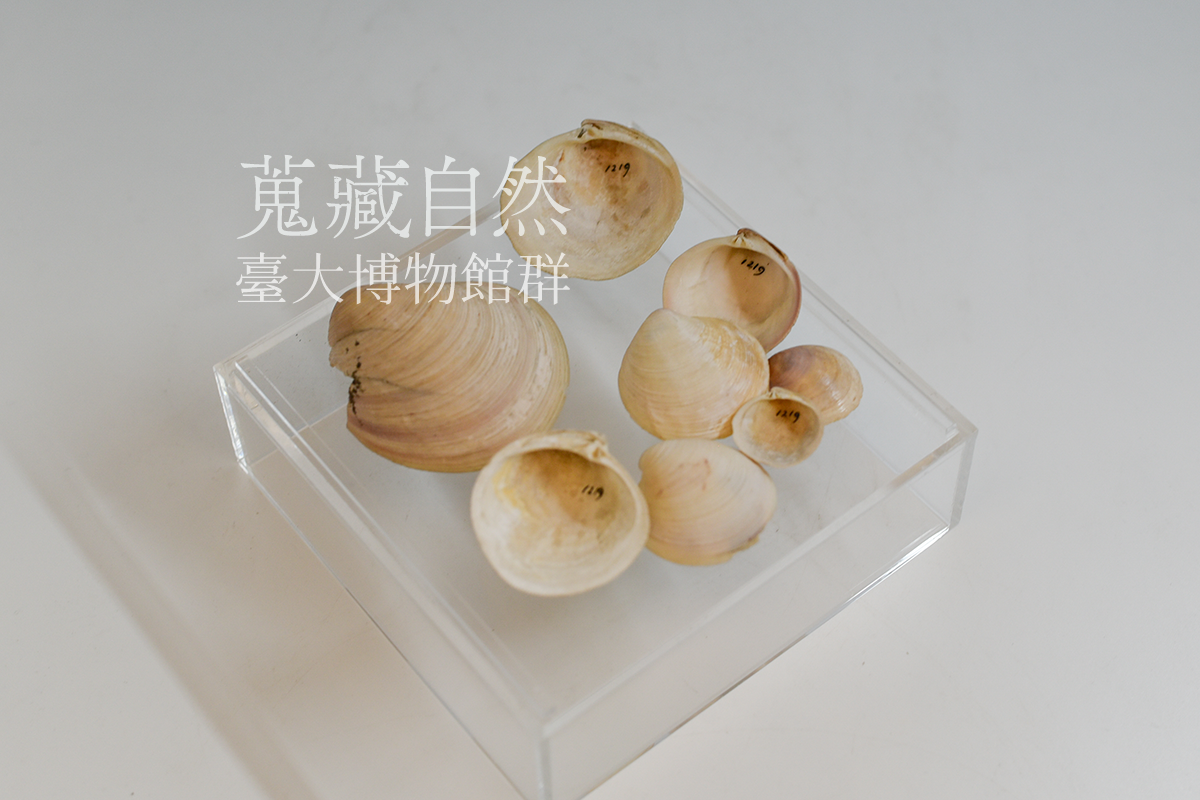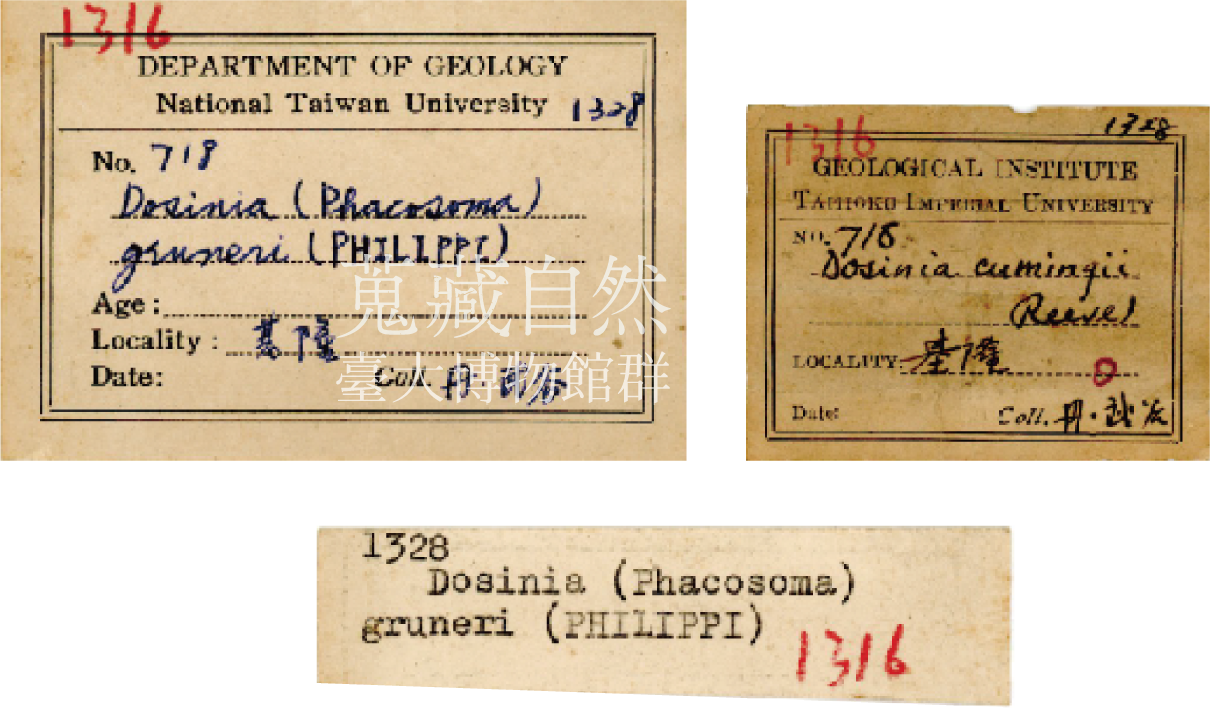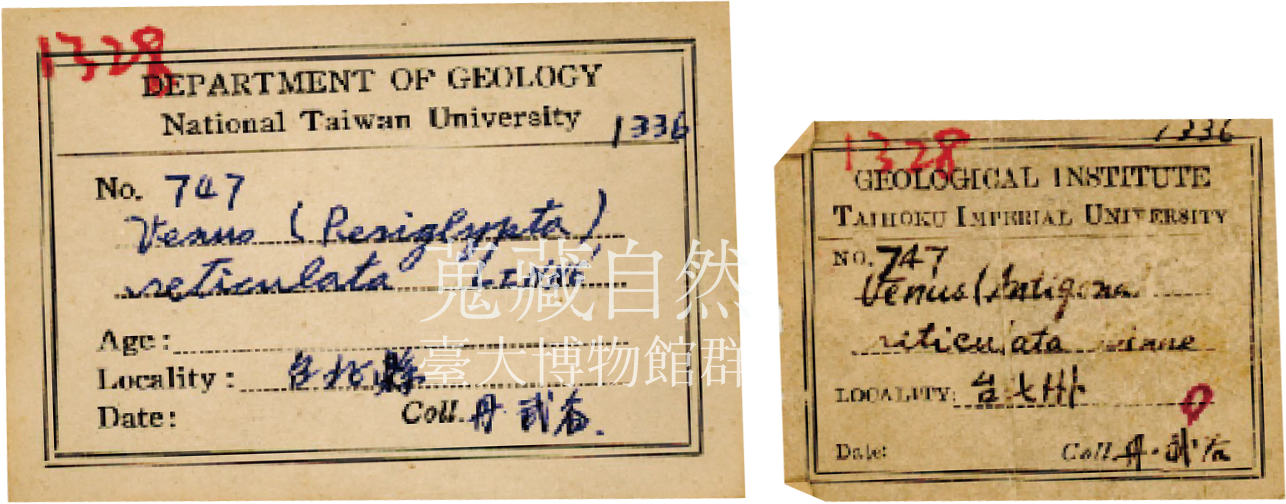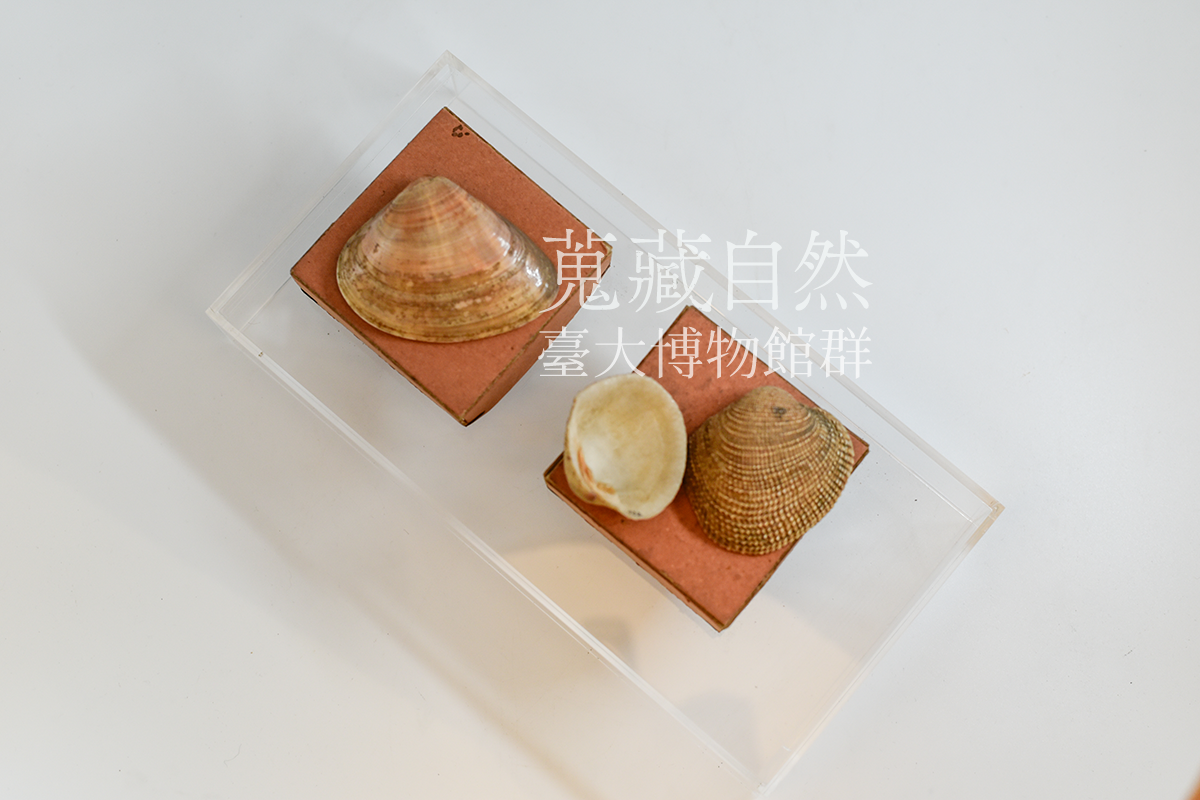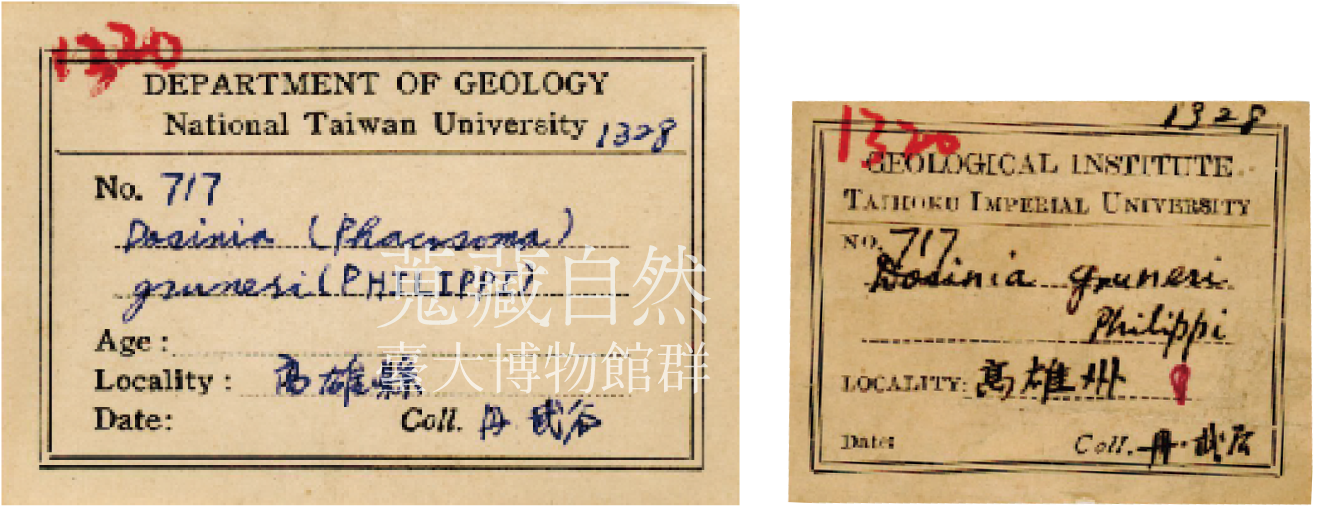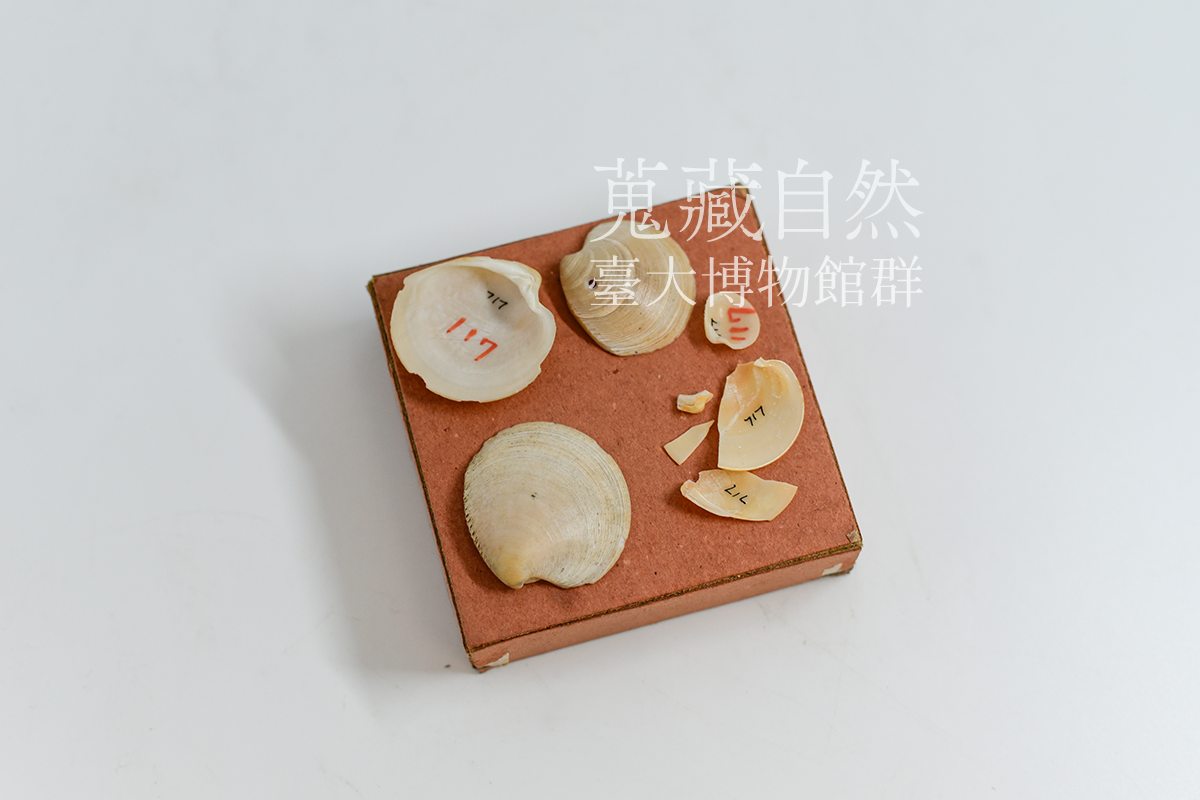地質標本館 NTU Geo-specimen Cottage
地質科學系擁有岩石、礦物及化石標本,總數超過3500件以上。來源為臺北帝國大學理農學部地質學科研究用之標本、本系退休教授所捐贈之私人典藏標本、國外選購之教學標本以及本系師生採集標本等。本系於2002年開始將具教學及研究用途之標本重新編碼整理,並於2003正式成立地質標本館來保護及展示這批珍貴的標本。本館位於地質系後館旁,歷經80餘年至今,可說是臺大僅存幾棟日式小屋中保存最完好的一棟。館內擺放的主要是歷年收藏的岩石、礦物標本並定期舉辦不同主題的展覽,從探討臺灣地質環境到本系研究成果。本館嘗試以生動有趣的插圖、說明,搭配展示標本,將地質科學從艱澀難解的理論轉變成生活化的知識,並期許透過這些展覽能讓民眾更了解我們居住的環境,激起「生於斯,長於斯」的愛鄉情懷。
The NTU Department of Geoscience stores numerous specimens of rocks, minerals, fossils and other geology-related pieces collected in Taiwan and around the world, more than 3,500 in total. The specimens are collected from various sources. Some are geoscience research specimens from the Faculty of Science and Agriculture during the Taihoku Imperial University period, some are from private collections donated by retired professors, some are specimens ordered from abroad for instructional purposes, while others are specimens that faculty and students have collected in the wild. The Department launched a project in 2002 to label and archive invaluable specimens for instructional and research purposes. The Cottage was set up on 2003, and serves as a shelter and display room for these priceless specimens.
The Cottage is an independent building next to Department of Geosciences. Although it has witnessed 80 years of history, the building seems untouched by time and remains one of the most well-preserved Japanese-style buildings on campus. Rocks and mineral specimens from the past are often on display in the Cottage. To share geoscience knowledge with the public, different exhibitions are held from to time to time as well. From exploring Taiwan’s geo-environment to displaying the department’s prolific research. By putting up vivid, interesting illustrations and descriptions along with the specimens, the Cottage hopes to turn puzzling, esoteric geoscience theories into everyday knowledge. It aims to let visitors gain further understanding about the land we are living on and invoke the emotion we have with our homeland.
畜產學教室(後為地質學系館)空拍圖對照
Aerial Photo Comparison of the Animal Husbandry Classroom
(Later the Building of the Department of Geosciences)
三張照片依序拍攝於1945年、1958年、1968年。從1945年空照圖可以看見1937年建成的畜產學教室所使用的主建築(A)及實驗室(B)、1942年建於主建築西南的兩棟木造平房(C1,C2),以及1944年建於主建築東側的平房(D)。這些建築其後分別為地質學系後館(A)及地質標本館(B)、地質學系倉庫(C1)與學生活動小屋(C2)、地質學系古生物實驗室(D),1970年代地質學系倉庫拆除,2004年古生物實驗室變更為熱螢光實驗室及磨片磨粉室,並於2014年拆除。
The three photos were taken in 1945, 1958, and 1968.The aerial photo of 1945 shows the main building (A) and laboratory (B) used for the animal husbandry classroom built in 1937, the two wooden bungalows (C1, C2) built in the southwest of the main building in 1942, and the bungalow (D) built on the east side of the main building in 1944.These buildings were later turned into the back building of the Department of Geology (A) and the Geo-specimen Cottage (B), the warehouse of the Department of Geology (C1), the student activity hut (C2) and the Paleontology Laboratory of the Department of Geology (D). The warehouse was torn down in the 1970s. In 2004, the Paleontology Laboratory was transformed into the TLD Laboratory and a sample preparation room. They were demolished in 2014.
臺北帝國大學.自然史研究
地質相關人物小誌
People
地質學講座的4位教授
Four Professors of Geosciences Lectures
1928年設立地質學第一講座,早坂一郎擔任講座教授,開設地質學、礦物及岩石學(市村毅)、古生物學(早坂一郎與助手丹桂之助)等課程,隨後陸續增設地史學、地理學(1931年富田芳郎來臺任教)、層位學等課程;1937年增設地質學第2講座,市村毅出任講座教授。
The first geosciences lecture was launched in 1928 with Hayasaka Ichiro as the Chair Professor, offering courses in geosciences, mineralogy and petrology (Ichimura Takeshi), paleontology (Hayasaka Ichiro and his assistant Tan Keinosuke), etc. Courses in historical geology, geography (Tomita Yoshiro came to teach in Taiwan in 1931), archaeological stratigraphy and so on were offered later. In 1937, the second geosciences lecture was offered with Ichimura Takeshi as the Chair Professor.
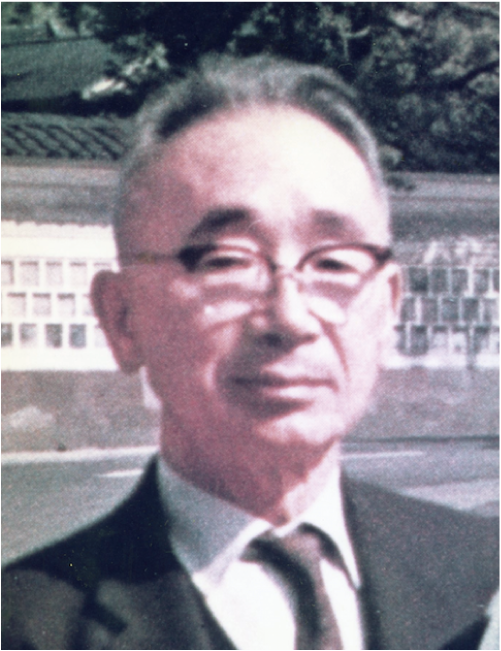
早坂一郎
Hayasaka Ichiro, 1891-1977
1891年生於日本仙台市
1915年東北大學理學部地質學古生物學教室畢業
1917年東北大學理學博士,任助教授
1928-1945年臺北帝國大學理農學部教授
1945-1949年臺灣大學地質學系及海洋研究所教授
1949年返日,歷任日本金澤大學、北海道大學教
授,島根大學校長
1977年因心臟衰竭逝世
代表研究著作:
早坂一郎。1935。新竹臺中兩州下の大地震。臺灣總督府。
Hayasaka, I. 1935. The burrowing activities of certain crabs and their geologic significance. The American Midland Naturalist 16(1): 99-103.
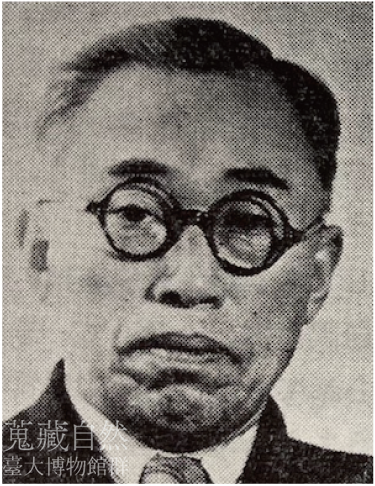
市村毅
Ichimura Takeshi, 1892-1965
1892年生於日本茨城縣
1917年東京帝國大學地質學科畢業,
三菱製鐵株式會社任職
1922年朝鮮總督府殖產局技師
1928-1937年臺北帝國大學助教授
1937年東京帝國大學理學博士
1938-1945年臺北帝國大學教授
1945年臺大地質學系及海洋研究所教授
1947年返日,歷任日本東京大學、山形大學教授
1965年逝世
代表研究著作:
市村毅。1929。臺北市附近に發達する第三紀凝灰岩層に伴ふ玄武岩と集塊岩。臺灣博物學會會報19(103): 382-389。
市村毅。1933。臺北州蘇澳郡烏石鼻產の煌斑岩に就て。臺灣博物學會會報23(124): 16-19。
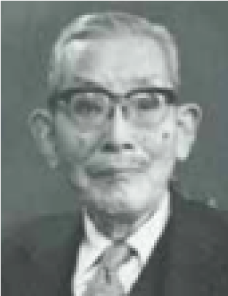
富田芳郎
Tomita Yoshiro, 1895-1982
1895年生於日本札幌市
1915年東京高等師範學校入學,
1918年畢業後,任教於東京女子高等師範學校
附屬小學
1921年東北大學理學部入學,
1924年畢業後,任該校法律與人文社會學院
地球物理學者田中館秀三之助手
1925年任教奈良女子高等師範學校
1931年臺北帝國大學助教授
1946年返日,歷任日本東北大學、日本大學、
國士館大學教授,日本地理學會會長
1982年逝世
代表研究著作:
富田芳郎。1938。臺灣に於ける層階地形に就て。地理學評論4(6): 651-664。
富田芳郎。1941。臺灣近世地形發達史概說。地理學評論 9(6): 773-781。

丹桂之助
Tan Keinosuke, 1900-1965
1900年生於日本秋田縣
1923年秋田礦山專門學校畢業,
任職福島高等女學校
1925年東北帝國大學理學部地質學古生物學教
室,1928年畢業
1928年臺北帝國大學助手
1938年臺北帝國大學助教授
1946年返日,歷任日本秋田礦山專門學校教授,
秋田大學學部長,秋田工業高等專門學校
校長
1965年逝世
代表研究著作:
丹桂之助。1939。中部中部脊梁山脈附近の始新世有孔蟲の新產地と輝綠岩質綠色火成岩の噴出時代。臺灣地學記事10: 1-16。
丹桂之助。1939。臺北盆地の地質學的考察。矢部教授還曆記念文集1: 371-380。
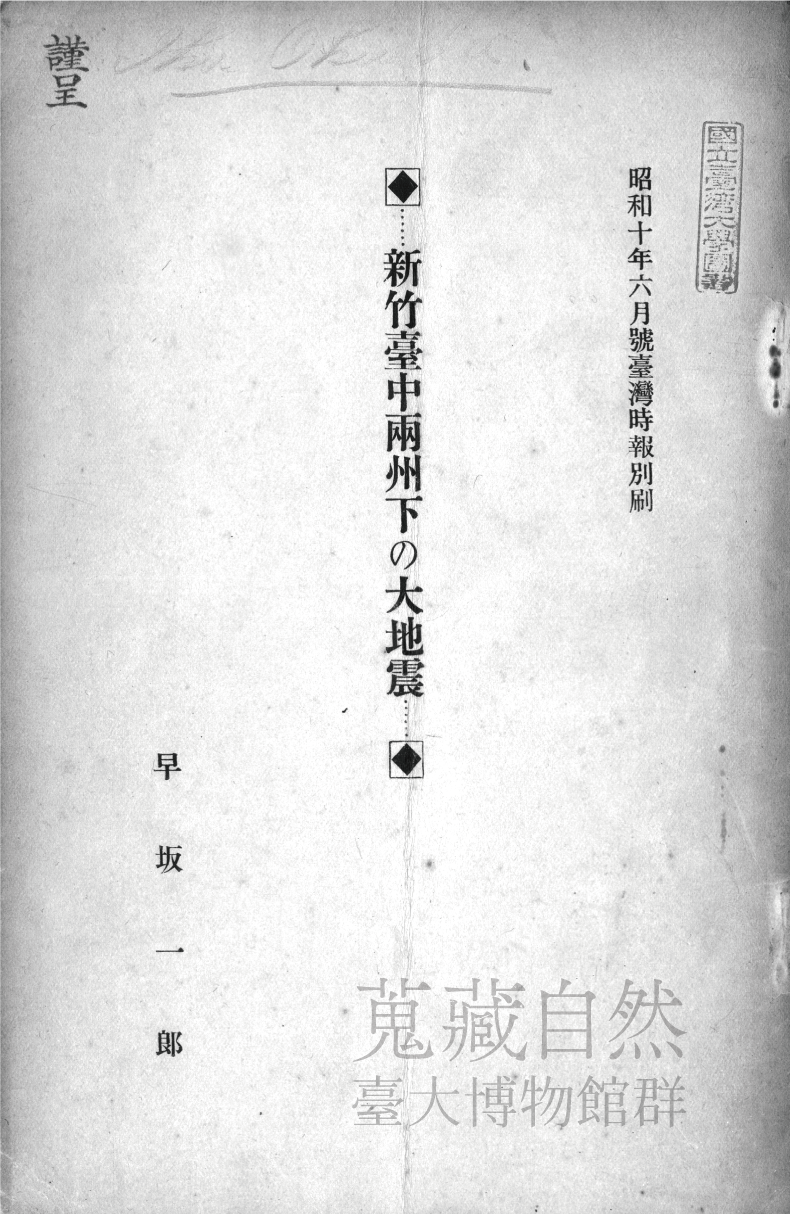
早坂一郎。 1935。 新竹臺中兩州下の大地震。 臺灣總督府。
Hayasaka Ichiro, Tsang-Po Yen and the Shinchiku-Taichu Earthquake
1935年4月21日,新竹-臺中發生芮氏規模7.1的強震,震央約在現今苗栗縣三義鄉。地震造成當時的新竹州、臺中州超過3000人死亡,近18000戶房屋倒塌、36000多戶房屋受損,為臺灣傷亡最為慘重的自然災害之一。
4月23日,早坂一郎便先前往新竹臺中初步勘查災害和地變情況,隨後便將地質學教室的成員與臺北高校的地質學齊藤老師分為三組,進行5月至10月的分區地質地變調查。當時的臺籍學生顏滄波與早坂一郎、丹桂之助同組進行野外工作,據其回憶錄描述,當時的課程有一半在教室、一半便在野外工作後晚上的旅館房內。
On April 21, 1935, a strong earthquake with a magnitude of 7.1 on the Richter scale occurred in Hsinchu-Taichung, and the epicenter was located in today’s Sanyi Township, Miaoli County. The earthquake claimed the lives of more than 3,000 people in the Shinchiku Prefecture and Taichu Prefecture at that time, with nearly 18,000 houses collapsing and more than 36,000 houses damaged. It was one of the deadliest natural disasters in Taiwan.
On April 23, Ichiro Hayasaka went to Hsinchu and Taichung to conduct preliminary surveys on the aftermath and the geological changes. He then proceeded to dividing the members of the geology classroom and the geology teacher Saito from Taihoku High School into three groups to conduct regional geological surveys from May to October. At that time, Taiwanese student Tsang-Po Yen, Hayasaka Ichiro and Tan Keinosuke were in the same group for field work. According to his memoir, half of the courses at that time were conducted in the classroom, and the other half were in the hotel room at night after field work.
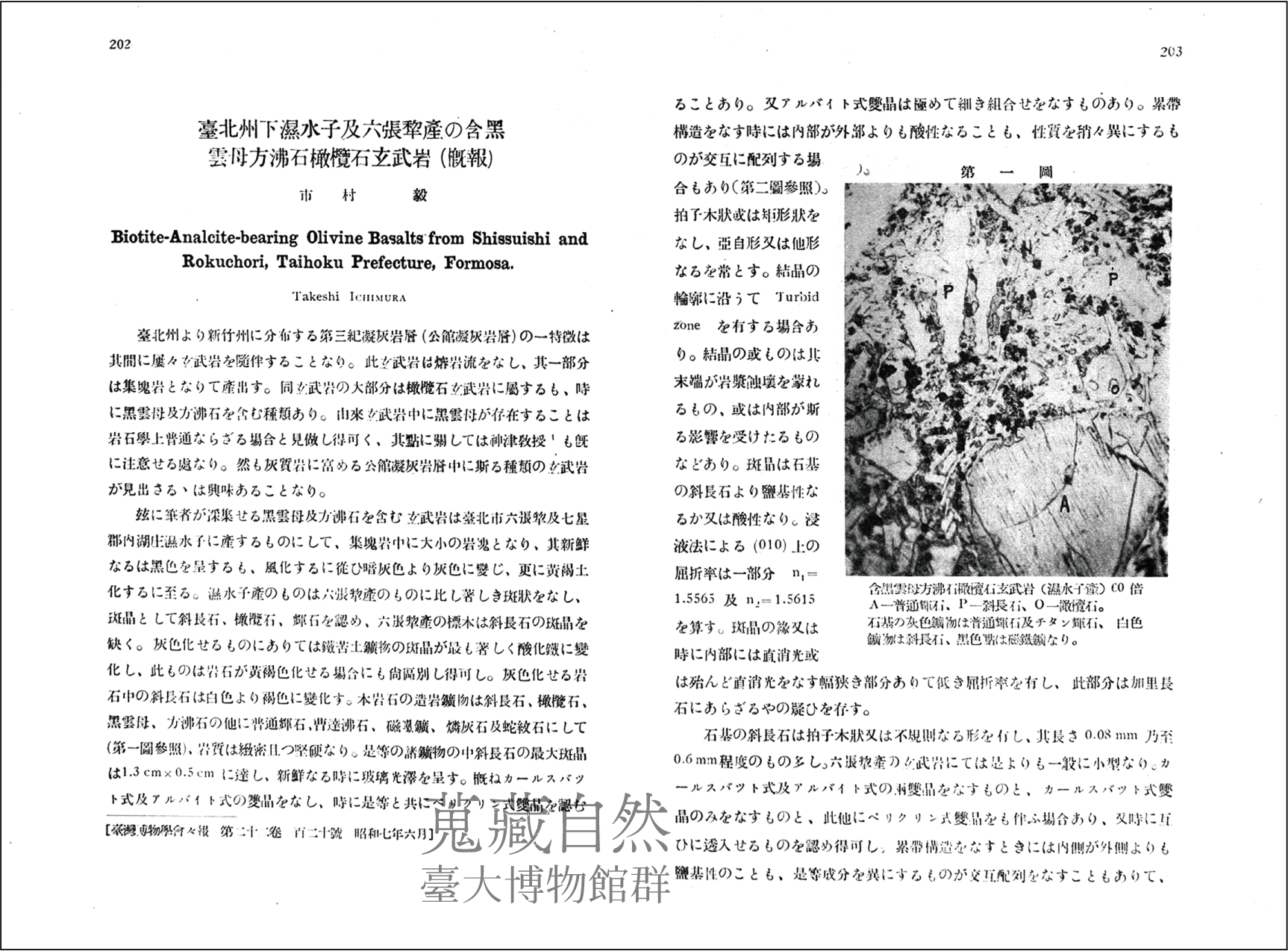
市村毅與臺灣北部火山岩
Ichimura Takeshi and Volcanic Rocks in Northern Taiwan
文獻:市村毅。1932。臺北州下濕水子及六張犁產の含黑雲母方沸石橄欖石玄武岩。臺灣博物學會會報22: 202-208。
1928年來臺以來,市村毅針對臺灣北部公館凝灰岩中的玄武岩、集塊岩做了詳細的調查研究。本篇文章中,玄武岩中含有黑雲母相當少見,而方沸石則在農業、建築等領域有多種用途。
Takeshi Ichimura. 1932. Biotite-Analcite-Bearing Olivine Basalts From Shissuishi And Rokuchori, Taihoku Prefecture, Formosa. Transactions of the Natural History Society of
Formosa 22: 202-208.
Since coming to Taiwan in 1928, Ichimura Takeshi conducted thorough surveys and research on the basalt and agglomerate in the Gongguan Tuff, northern Taiwan.This article states that the basalt contained biotite is rare, while analcime has a variety of uses in agriculture, construction and more.
相關文物
Antique
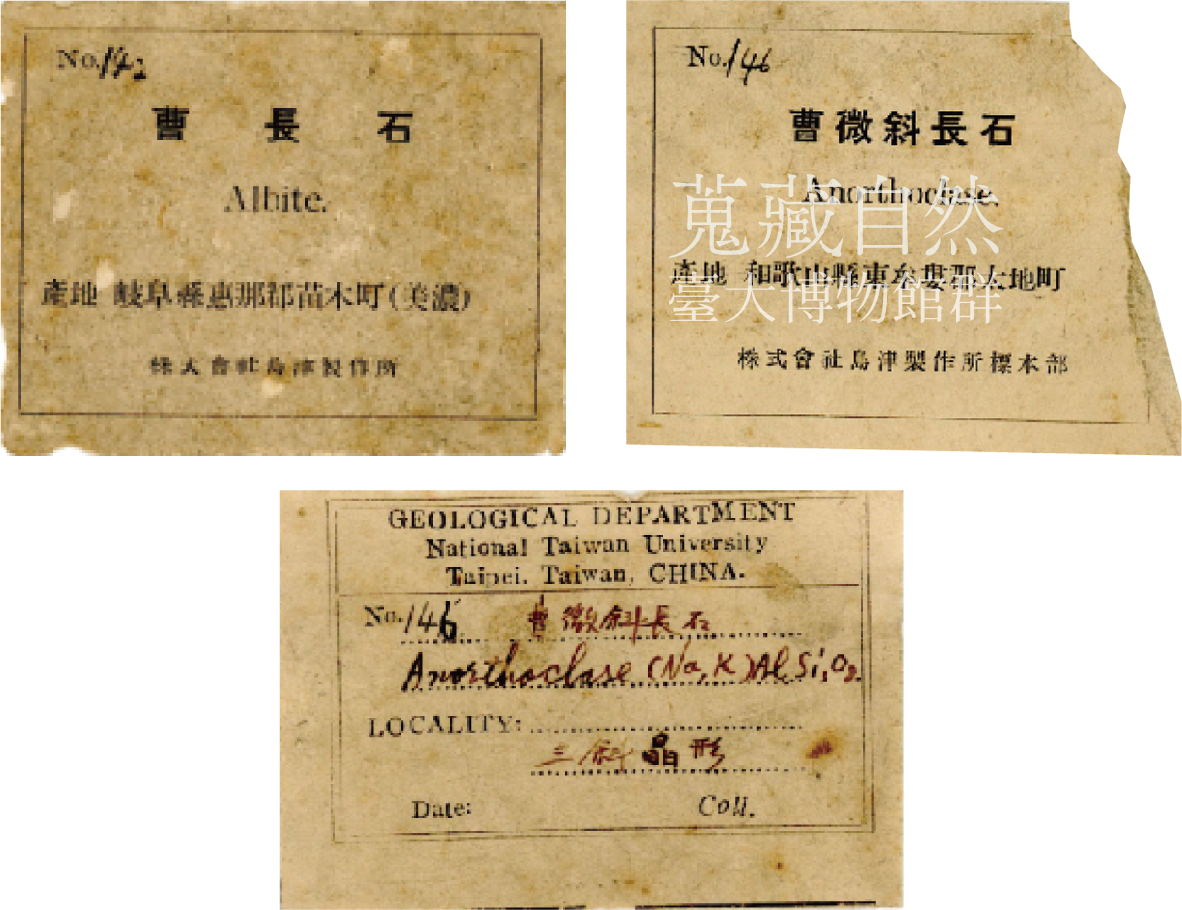
帝大時期的地質學講座教學標本-島津製作所
Geosciences Lecture Teaching Specimens in the Taihoku Imperial University Period -Shimadzu Corp.
株式會社島津製作所於1891年開始製作標本,1895年成立了教育科學標本部門,直至1944年關閉該部門;其後於1948年,島津製作所的標本部門由京都科學標本株式會社繼承,至1954年逐漸停止製作地質標本。
地質科學系及地質標本館收藏約有五十件由島津製作所販售的標本,以及五百多件由京都科學所販售的標本。
Shimadzu Corp. began to manufacture specimens in 1891. In 1895, the educational scientific specimens division was established before it was closed in 1944. In 1948, Shimadzu’s specimens division was taken over by Kyoto Kagaku Co., Ltd. By 1954, it stopped manufacture geological specimens.
The Department of Geosciences and the Geo-specimen Cottage own about 50 specimens sold by Shimadzu Corp. and more than 500 specimens sold by Kyoto Kagaku Co., Ltd.
帝大時期的地質學講座教學標本- Dr. F. Krantz
Geosciences Lecture Teaching Specimens in the Taihoku Imperial University Period - Dr. F. Krantz
A. Krantz是1833年於今德國波昂創立的地質標本、顯微玻片標本、教學材料及相關用品公司,1891年更名為Dr. F. Krantz, Rheinisches Mineralien-Contor,是目前世界上規模最大且最古老的地球科學商品經銷商之一,幾乎在世界各地的地質學相關博物館古老館藏,都能找到這間公司所販售的地質標本。
這兩個風成沉積物的標本附有Dr. F. Krantz早期特有的鋼筆字體標籤,根據德語拼字以及標籤上未有1936年才在型錄上出現的徽標,推測兩個標本購於1901-1936年間。
地質科學系及地質標本館收藏約有一百多件相似年代的Dr. F. Krantz標本,另有至少三百多件於國立臺灣大學成立後方陸續向該公司添購。
A. Krantz is a company that founded in 1833 in today’s Bonn, making geological specimens, thin-section specimens, teaching materials and relevant supplies. In 1891, it was renamed as Dr. F. Krantz, Rheinisches Mineralien-Contor. It is one of the largest and oldest companies that sell geosciences products in the world. Geological specimens sold by this company can be found in the most ancient collections of geosciences museums almost all over the world.
The two aeolian deposit specimens bear the labels made with fountain pen from the early days of Dr. F. Krantz. Based on the German spelling and the absence of a logo on the label that did not appear in the catalogue until 1936, it is presumed that the two specimens were purchased between 1901 and 1936.
The Department of Geosciences and the Geo-specimen Cottage have about 100 Dr. F. Krantz specimens from similar ages in the collection. At least 300 more were purchased from the company after the establishment of National Taiwan University.
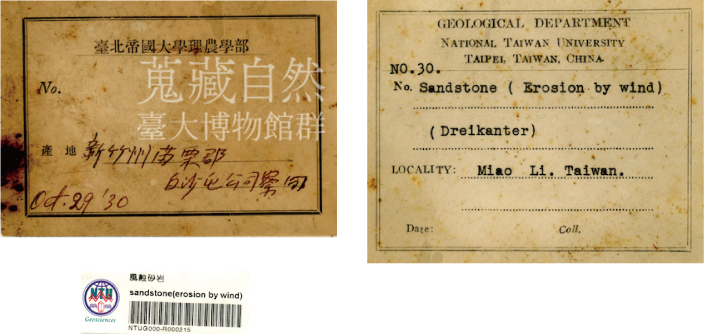
苗栗地區風蝕砂岩
Research Specimen – Sandstone Eroded by Wind from Miaoli
於1930年10月29日採集自新竹州苗栗郡白沙屯公司寮間,標籤上並未載明採集人。
The specimen was collected on October 29, 1930 by the Baishatun Company in Byoritsu District, Shinchiku Prefecture. The collector is not indicated on the label.
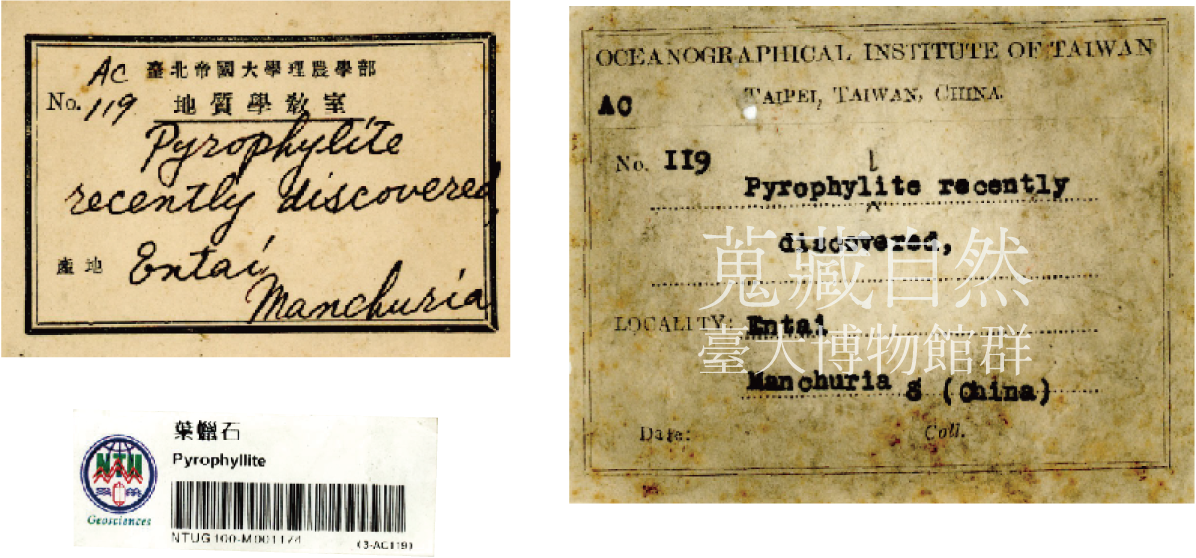
滿州國葉蠟石
Research Specimen – Pyrophyllite from Manchuria
採集自滿州國的葉蠟石標本。透過標本可以得知,當時的臺北帝國大學教授同時也對日本所到達的其他區域進行研究。而從1945年前後的標籤紙的內容,也可以發現不同時代對於同一地點地名的標示差異。
同時可參考文獻:市村毅。1932。滿州國吉林省和 龍縣赤瓦坪附近產の粗面玄武岩。臺灣博物學會會報22: 208-213。
The pyrophyllite specimen was collected from Manchuria. The specimen indicates that professors of Taihoku Imperial University also conducted research in other areas reached by Japan. The labels before 1945 and after 1945 . Also refer to: Takeshi Ichimura. 1932. Trachybasalt from the Vicinity of Chih Wa Ping, Ho Lung Hsien, Chi-lin, Manchulia. Transactions of the Natural History Society of Formosa 22: 208-213.
早坂一郎、丹桂之助、武谷三男採集之化石
Fossils Collected by Hayasaka Ichiro, Tan Keinosuke and Taketani Mitsuo
當時就讀臺北高等學校的武谷三男與臺北帝國大學的早坂一郎教授、丹桂之助助教一同進行野外採集,武谷於1928-1929年左右完成論文,並於1936年由早坂一郎譯為英文發表於臺灣博物學會會報,文章中提及,為論文所採集的貝類標本均存放於臺北帝國大學。當時的武谷已經返回日本,並且由地球物理專業轉向物理學,從事原子核物理與基本粒子相關研究。(文獻:Taketani, M. 1936. A Collection of Land Mollusca from Taiwan (Formasa). Transactions of the Natural History Society of Formosa 26: 271-278.)
Taketani Mitsuo, who was studying at Taihoku High School, conducted field collection together with Professor Hayasaka Ichiro and assistant Tan Keinosuke from Taihoku Imperial University. Taketani completed his thesis around 1928-1929, which was translated into English by Hayasaka Ichiro and published in the Transactions of the Natural History Society of Formosa in 1936. The article mentioned that the shellfish specimens collected for the thesis were stored at Taihoku Imperial University. At that time, Taketani had returned to Japan, and turned from geophysics to physics, engaged in nuclear physics and elementary particle related research.
